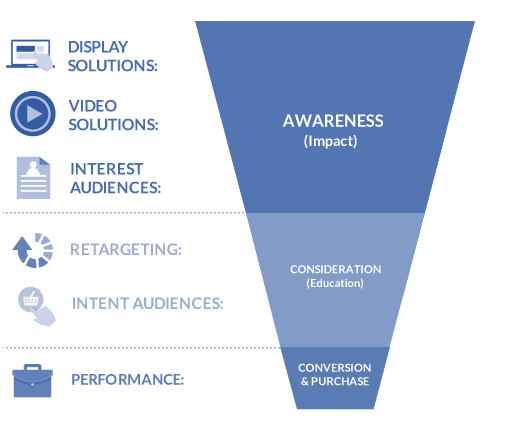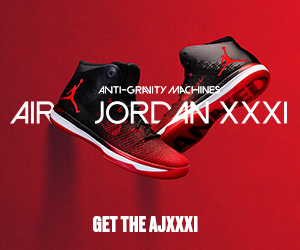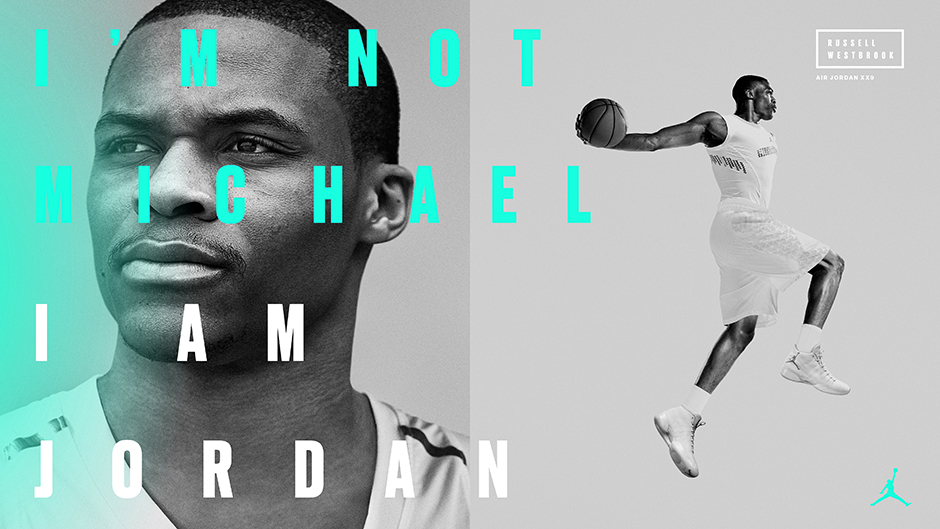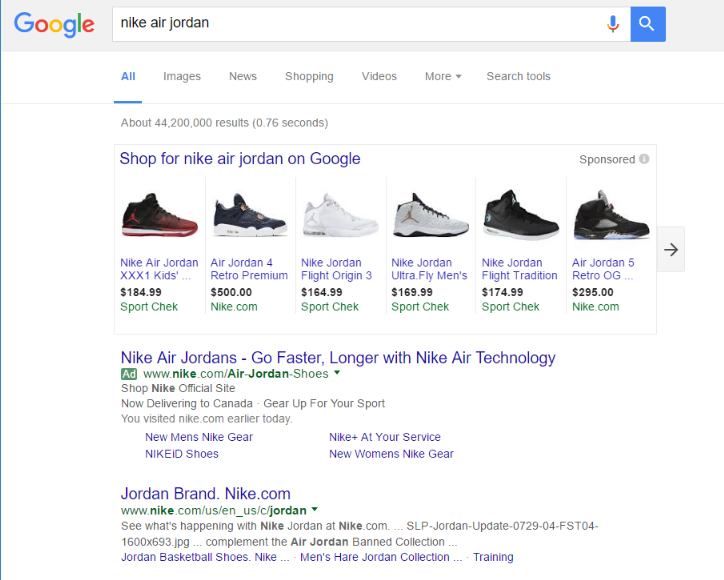Advertisers are shifting towards a blended approach, combining the strengths of one with the other.
What is the difference between performance and brand marketing? If you’re like me and have been working in the adtech/agency world, you know that performance and brand-based marketing teams approach advertising differently. Skill sets vary as well with agency folk generally deemed more creative, whereas performance marketers are seen as analytics focused.
The Brand Tradition
Branding has always been a high-cost but poorly measured tradition. There is no denying the persuasive powers that creative campaigns have over consumers, but at what cost?
Take for example Dove’s “Campaign for Real Beauty” launched by Unilever in 2004. The campaign tackled two goals: sell more Dove soap and change the way we as a society think of beauty. The campaign has been cited repeatedly as groundbreaking and bold. More than ten years after it originally ran, we still remember it.

Dove’s campaign has become an iconic part of a cultural shift in the way we think of beauty and self-love. Jennifer Bremmer, Unilever Marketing Director, has stated that in a survey conducted ten years post-campaign, three times as many women felt they were responsible for their own definition of beauty than the 23% the global survey in 2004 found (AdAge).
Dove’s sales increased from $2.5 billion to $4 billion during the campaign’s run.
So we know that brand campaigns work since overall sales increase or decrease indicates a campaign’s level of success. But brand campaigns are still notoriously difficult to track on a more granular level and therefore optimize.
And while this is one example of a successful brand campaign that drove sales, Unilever reportedly allocated over $8 billion in 2014 alone to its global advertising budget. That’s a lot of money. A lot of which has traditionally gone towards TV, of which the results are nearly impossible to track. Just because a lot of people saw that $8 million “America is Beautiful” Coca-Cola spot that ran during the 2014 Super Bowl, doesn’t mean everyone went out and immediately bought a Coke.
The Performance Path
When it comes to performance marketing, tracking is an essential part of all executions. Compared to brand campaigns, which are more about building relationships with consumers, direct response is all about making the immediate sale.
High-performance campaigns where clear goals are set and ROI easily measured are valuable to marketers trying to squeeze more out of their ad budgets.

The amount and quality of data and programmatic technologies available to performance marketers that enable them to target “the right ad at the right person, at the right time and place,” across screens are invaluable.
Performance goes beyond broad demographics, it relies on audience behavior, contextual data for precise targeting, and the ability to optimize and iterate efficiently across channels.
And while historically branding and performance have functioned separately, times are changing.
The Need for a Blended Approach
Unilever may have an $8.3 billion ad budget (2014), but nearly a quarter (24%) of its global spend goes towards digital (Business Insider). More recently, the company has worked on cutting ad spend by using a “zero-based budgeting” model that forces brand managers to “start from scratch to justify marketing and other outlays,” before more budget is assigned (AdAge). Sounds a lot like testing from a performance standpoint, no? In any case, the same approach is being executed for other brands including Heinz and Kraft.
Nike and its diverse array of athletic-wear lend itself to both brand and performance marketing.




Advertisers are shifting towards a blended approach, combining the strengths of one with the other to maximize reach, engagement, and measurable results. With consumers engaging with media across so many different devices and channels, often simultaneously, we can no longer treat branding and performance separately. They are two sides of the same coin.
A blended performance and branded approach, where technology enables superior targeting and strong creatives, helps cut through to audience resulting in better user experiences.
Ultimately, this will help advertisers overcome the threat of ad blocking that has become so prevalent in 2016. Delivering simultaneously relevant and entertaining ads for display and mobile is only the beginning. Once we acknowledge that the division between performance and brand advertising is an outdated way of thinking, we’ll be able to see new opportunities in video in the ongoing digital evolution.
Want to learn more? Connect with our team at sales@clearpier.com